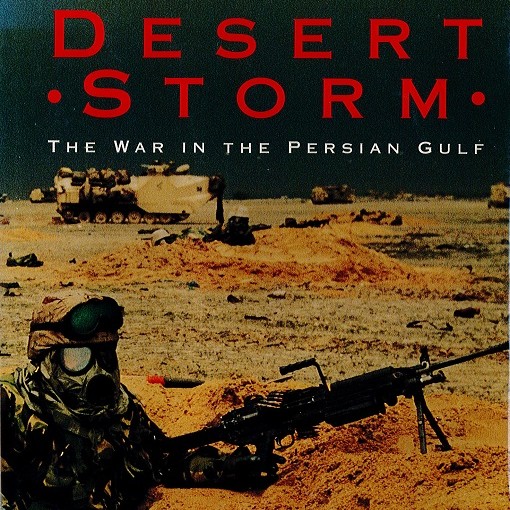Gulf War
Gulf War, 1990-1991
The Gulf War was the first major military conflict following the end of the Cold War. Events began on August 2nd 1990 when Iraqi dictator, Saddam Hussein, invaded the neighboring country of Kuwait. In response, the United States and coalition forces deployed to the Persian Gulf and Saudi Arabia as part of Operation Desert Shield to prevent further Iraqi invasions. Hussein defied UN Security Council demands that he withdraw from Kuwait and on February 24th the ground campaign of liberation had begun.
Panicked by Saddam Hussein’s invasion of Kuwait, the Arab countries of Egypt and Saudi Arabia pleaded to the world for assistance and intervention. The UN Security Council gave Iraq an ultimatum to withdraw from Kuwait by mid-January 1991,which it defied. This caused the United States and coalition forces to initiate Operation Desert Storm, commanded by General Norman Schwarzkopf. A massive air offensive ensued striking Iraqi air defenses, oil refineries, and key infrastructure points.
This moment also marked the debut of incredible technological advancements such as stealth aircraft, smart bombs, and advanced optics with infrared and night vision capabilities. The Iraqi air force simply could not survive an attack of this scale with this type of advanced technology and was quickly rendered ineffective.
The ground offensive, known as Operation Desert Saber, began on February 24th. The advancing coalition forces moved swiftly across the Kuwaiti and Iraqi deserts and in four days Kuwait was liberated. Retreating Iraqi forces set alight oil fields in a scorched earth campaign that created an environmental disaster. Photographs of these burning oil wells produced some of the most iconic images of the war. Coalition forces continued to pursue fleeing Iraqi soldiers for 120 miles into Iraq, mostly along Highway 80. This six-lane road would become known as the “Highway of Death” due to the incredible destruction that occurred there. The Iraqi Republican Guard attempted to mount a last-ditch defensive effort on February 27th in southeastern Iraq, but were nearly destroyed by the superior strength of the coalition.
The following day President Bush signed the ceasefire, ending the war. Under this ceasefire Saddam Hussein agreed to remove all weapons of mass destruction (nuclear, biological, and chemical) and recognize Kuwait as an independent state. Iraqi casualties are estimated to be 8,000 to 10,000 while coalition forces suffered an estimated 300. In total, the actual war lasted 42 days.
